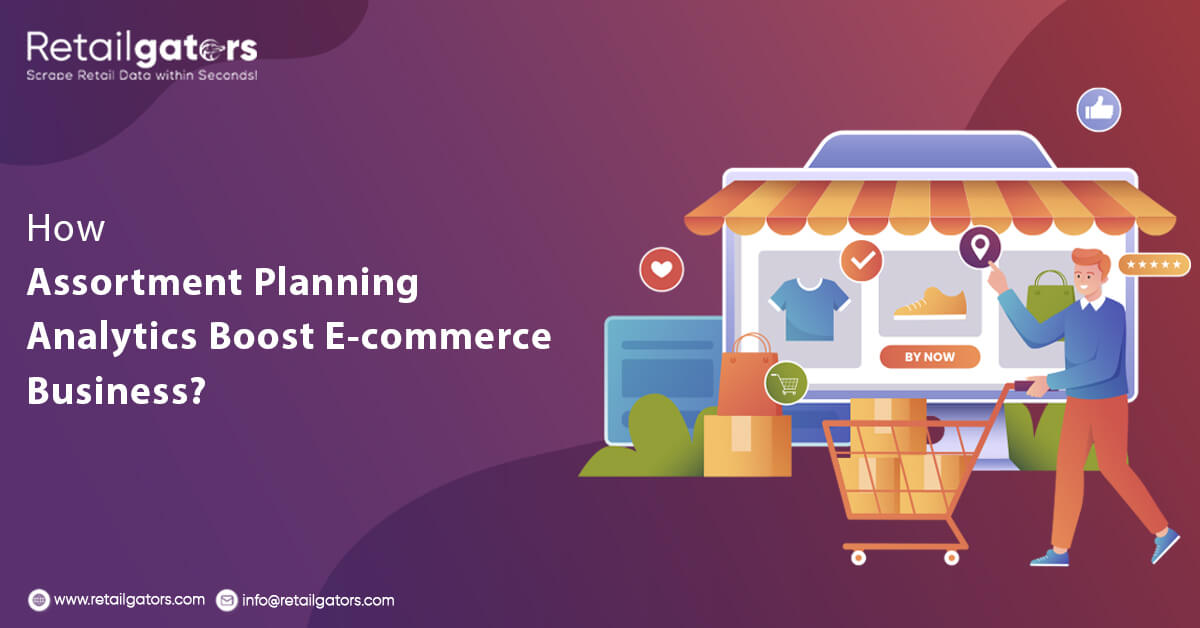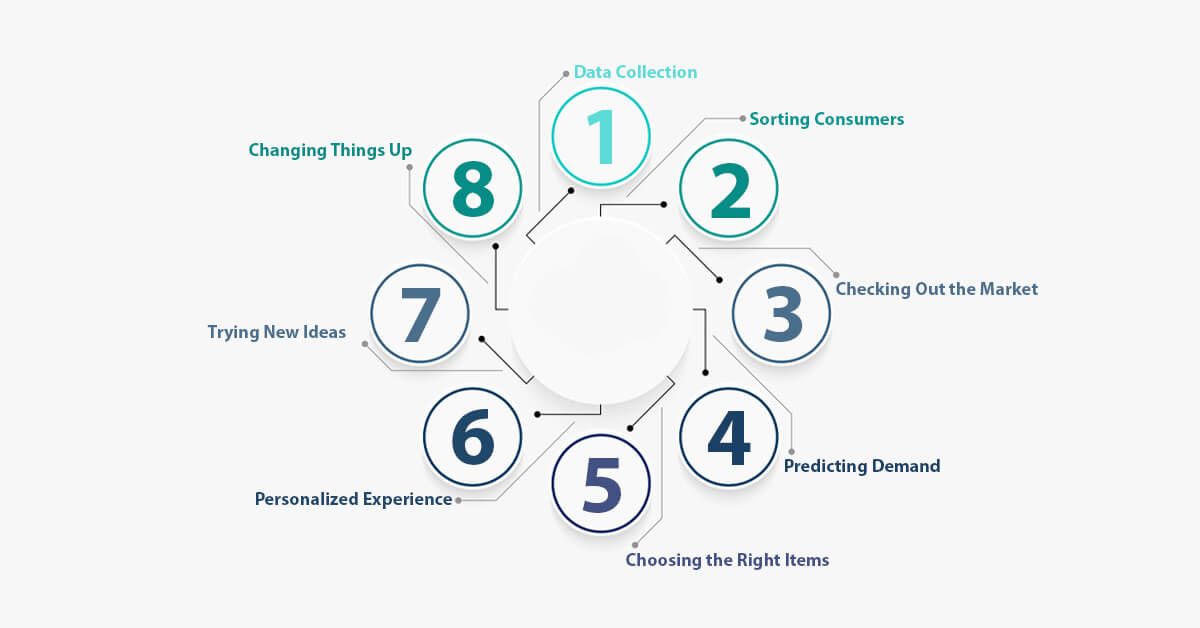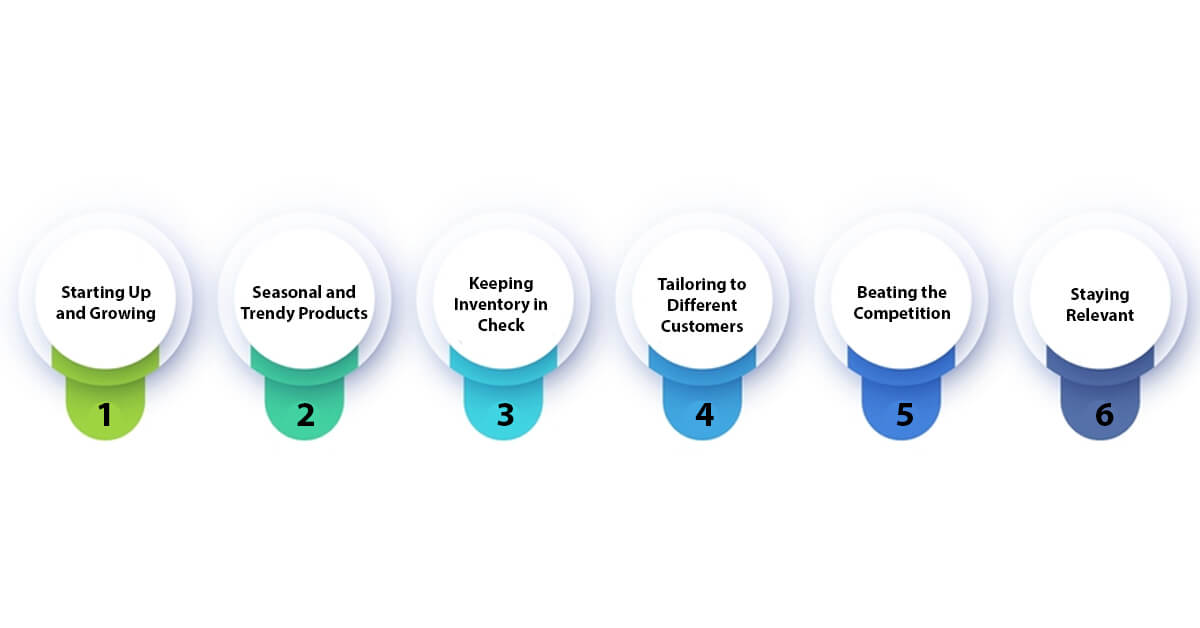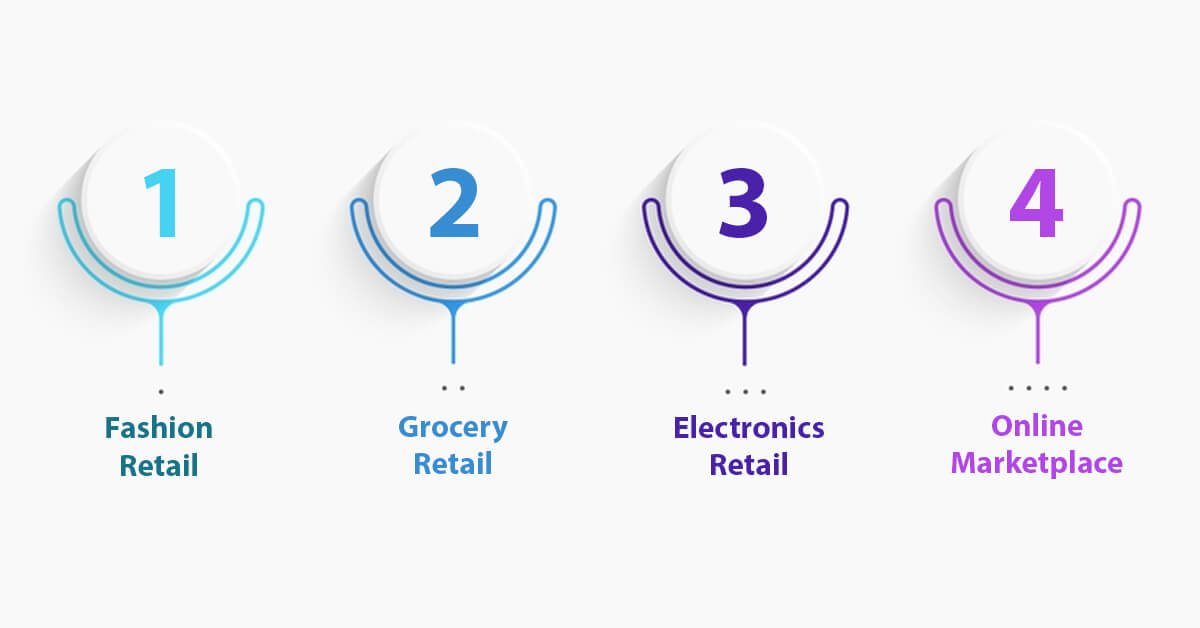
In the ever-changing world of online shopping, success depends a lot on how well you plan what you're going to sell. With so many products out there and people's tastes constantly changing, stores have to use fancy computer stuff to figure out the best things to sell. By using these smart tools, businesses can make sure they're selling what people want, staying ahead of their rivals in the challenging market. They can tweak their product lineup and make it more appealing to keep up with what customers want. This helps them stay competitive and attract more shoppers.
By monitoring trends and using the right tools, businesses can outperform competitors and meet customer needs. It's about understanding what consumers want and adjusting your products accordingly. By using this data effectively, businesses can thrive in the constantly evolving world of e-commerce. This approach allows companies to lead the market by creating products that connect with their target customers. By recognizing and responding to customer demands, businesses can build strong relationships and foster loyalty.
What is Assortment Planning Analytics?
Assortment planning analytics uses data insights to strategically choose and manage product assortments. By assessing aspects such as sales patterns, consumer behavior, market demand, and inventory levels, businesses can make educated judgments regarding which goods to provide, whether to launch new products and how to properly manage resources. Assortment planning analytics helps businesses understand what customers like and how they shop. This allows them to customize their product selection to better serve their customers, building stronger bonds and loyalty. By keeping an eye on sales trends and market demands, companies can spot chances to introduce new products or tweak existing ones to keep up with the latest trends and outshine rivals.
How does Assortment Planning Analytics Work in E-commerce?

Assortment planning analytics in e-commerce is all about strategically selecting and displaying items online. This is how it works.
Data Collection
E-commerce websites gather a lot of information about their consumers, such as what they look at, what they buy, where they come from, and how they respond to advertisements. This information is critical for determining what items to sell.
Sorting Consumers
Businesses split their consumers into categories based on factors such as age, preferences, purchases, and location. This allows them to grasp what various individuals desire.
Checking Out the Market
Assortment planning means looking at what's happening in the market, what competitors are doing, and what's popular. This helps businesses figure out what customers might want and what's missing in the market.
Predicting Demand
Businesses forecast how much of a product will be sold in the future by analyzing historical sales and seasonal patterns and applying complex arithmetic. This allows them to retain the appropriate amount of inventory on hand and prevent running out.
Choosing the Right Items
Businesses decide which items to provide based on information gathered from customer segmentation, market research, and demand estimates. They strive for a balance of popular goods, trendy items, and complementary items to suit the demands of various clients.
Personalized Experience
Businesses utilize data to recommend items to particular consumers based on their previous purchases. This personalizes the purchasing experience and encourages repeat purchases of the customers.
Trying New Ideas
E-commerce firms are always trying new ideas and responding to client feedback. They examine statistics like how many people buy things, how much they spend, and how satisfied they are with their purchases to determine what works and what doesn't.
Changing Things Up
With assortment planning analytics, businesses may adjust what goods are shown and how they are organized based on what customers are doing, what is popular, and what is available. This keeps the online business new and fascinating, leading to increased sales and satisfied consumers.
When To Consider Assortment Planning For E-commerce?

Assortment planning becomes essential for any e-commerce organization looking to properly manage their product selections and increase sales. Here are some significant scenarios in which assortment planning becomes critical for an e-commerce business:
Starting Up and Growing
Assortment planning analytics is considered vital when starting a new online store or expanding into new markets. It means doing research to know what customers like, what they buy, and what's trendy in different areas. By understanding all this, online stores can pick the right products that people in that area will love.
Seasonal and Trendy Products
Online stores often need to change what they sell based on seasons and trends. Assortment planning helps figure out what products are hot during certain times of the year or when there's a new trend. By looking at past sales and trends, stores can predict what people will want and make sure they have it in stock.
Keeping Inventory in Check
It's essential for online stores to have a good balance between having lots of choices for customers and not having too much stuff sitting in storage. Assortment planning helps identify products that aren't selling well so stores can decide whether to stop selling them or reduce how much they have. This frees up space and money to invest in products that are in demand.
Tailoring to Different Customers
Assortment planning helps online stores figure out what different groups of customers want. By looking at customer data, stores can see what types of products different people like and offer. This makes customers happy and more likely to come back, like having separate sections for men, women, and kids with different styles, sizes, and prices.
Beating the Competition
Online stores have to deal with competition, so assortment planning is crucial to stand out. By checking out what other stores are selling, businesses can find gaps in the market and offer unique or special products. Assortment planning helps stores find their edge and put together a product lineup that's different from what others have.
Staying Relevant
In the fast-paced world of e-commerce, staying relevant is key to success in the competitive market. Assortment planning helps businesses keep up with changing customer preferences and market trends. By regularly reviewing and adjusting their product offerings, stores can stay ahead of the game and continue to meet the evolving needs of their customers.
The Importance of Assortment Planning in E-commerce
Assortment planning is crucial because it analyzes the precise combination of several products each e-commerce store gets, assortments that are suitable in its space, work towards its positive points, fulfill preferences, serve based on preferences of their customers and buying behavior, and drive overall sales. When each e-commerce store provides the right product in the right amount, they sell more products and are effectively able to plan, manage and control their overall inventories by avoiding empty stores or cluttered shelves. So, effective assortment planning is important because when it is executed well, it boosts sales, cash flow of the store, and overall profitability.
Assortment planning analytics is essential in the world of e-commerce for numerous convincing reasons. Let's go into why it's so important:
Enhanced Customer Experience
By employing assortment planning data, e-commerce enterprises may adjust their product offerings to meet their consumers' different tastes and demands. This personalized approach results in a better shopping experience, as customers are more likely to locate things that appeal to them, eventually leading to increased pleasure and loyalty.
Optimized Inventory Management
Effective assortment planning analytics allows firms to optimize their inventory levels by precisely forecasting demand for diverse items. By evaluating past sales data and market patterns, businesses can avoid overstocking and stockouts.
Maximized Sales and Revenue
A well-curated product assortment, backed by data-driven insights, can significantly impact sales and revenue in e-commerce. Businesses can stimulate demand and drive conversions by identifying high-performing products, capitalizing on emerging trends, and cross-selling complementary items. This leads to increased sales volumes and higher profitability.
Strategic Decision-making
Assortment planning analytics provides valuable insights that inform strategic decision-making for e-commerce businesses. By analyzing customer behavior, market trends, and competitor offerings, businesses can make informed decisions about which products to offer, when to introduce new items, and how to allocate resources effectively. This strategic approach ensures that businesses stay competitive and agile in the ever-evolving e-commerce landscape.
Choosing the Right Products for Each Store
Different stores attract different kinds of shoppers, so you need to think about each store individually. Assortment planning helps you figure out exactly how much of each product to buy for each store based on what its customers are likely to buy. With assortment planning, you can decide which stores should get which products before you even buy them. Tailoring your product selection with assortment planning also makes shopping better for customers because they're more likely to find what they want in each store. Having the right products available when customers want them can turn them into loyal fans instead of losing them forever.
Getting Better at Planning What to Buy
Improving how you plan what products to stock means getting more and better information that can really help you choose the right items. With the old way of planning, it's easy to miss important things. But with better assortment planning, you can see all the products you want to stock in one place before you decide where to put them in the store. This helps catch any problems early on, before it's too late and you've already bought everything. With better assortment planning, you can spot these mistakes before they happen and make sure each store gets what its customers really want.
Assortment Planning Analytics Use Cases

Assortment planning varies across different industries and businesses, but here are a few examples of how assortment planning is applied in various contexts:
Fashion Retail
In fashion, assortment planning means keeping up with what's hot. Retailers check out fashion magazines and runway shows and do some market research to know what's trendy. They pick out a mix of trendy stuff, classic pieces, and different sizes to suit everyone. They also think about accessories and shoes to go with the outfits.
Grocery Retail
For groceries, it's all about meeting customers' needs. Retailers look at what's selling, what people like, and who's buying. They think about special diets, like gluten-free or vegan, and get organic or local stuff, too. They also need to keep an eye on what goes bad quickly and what's in season.
Electronics Retail
In electronics, it's about keeping up with the latest tech. Retailers look at what features people want, how things perform, and what they cost. They also check out reviews and what the competition is offering. They want to offer a good mix of gadgets, accessories, and warranties to fit different needs.
Online Marketplace
Online stores use a lot of data to plan their assortments. They look at what people search for, what they've bought before, and what they look at online. Then, they use trendy tools to suggest things people might like based on what they've done before. They try to have a wide range of stuff so everyone can find something they like.
Conclusion
Assortment planning analytics has become a critical component of successful e-commerce strategies. Businesses can strategically curate their product offerings by leveraging data-driven insights, optimizing inventory management, and enhancing the overall customer experience. As the e-commerce landscape continues to evolve, the importance of assortment planning analytics will only grow. Businesses that embrace this analytical approach and stay agile in their product curation will be better positioned to thrive in the dynamic world of online retail. By consistently monitoring and optimizing their assortments, e-commerce companies can ensure they are meeting the ever-changing needs of their customers and maintaining a competitive edge in the market.








Leave a Reply
Your email address will not be published. Required fields are marked